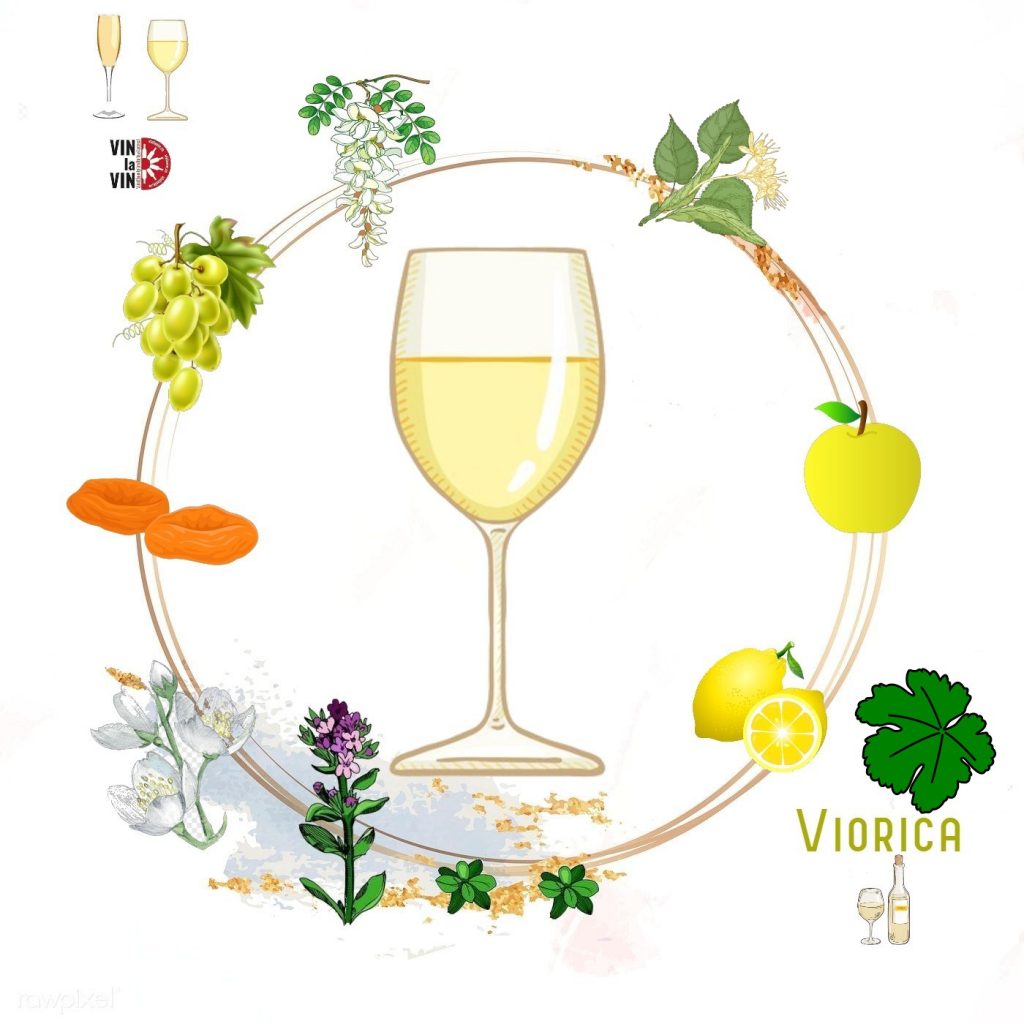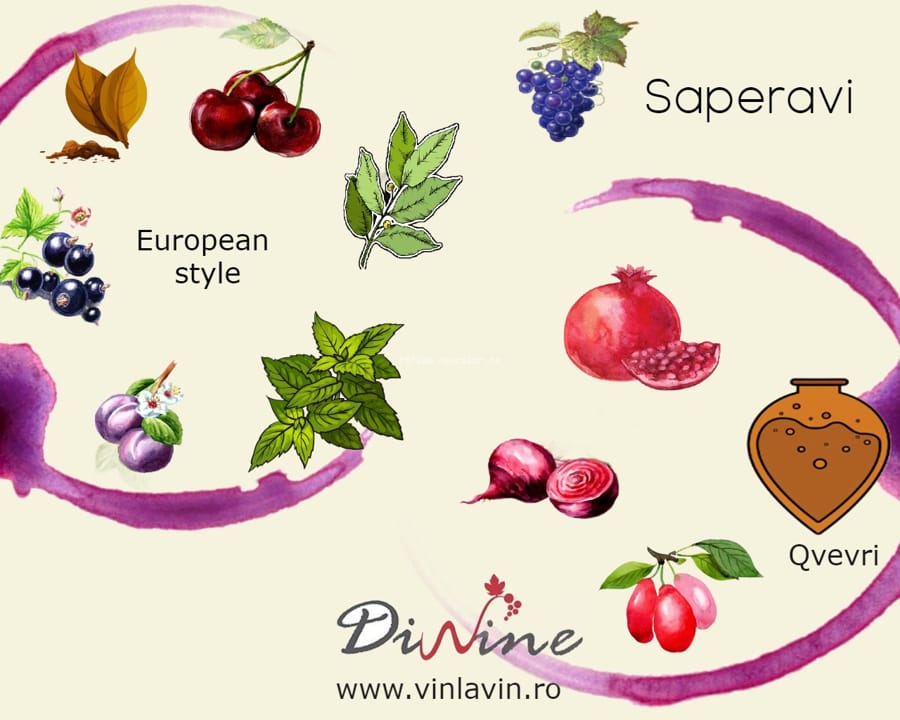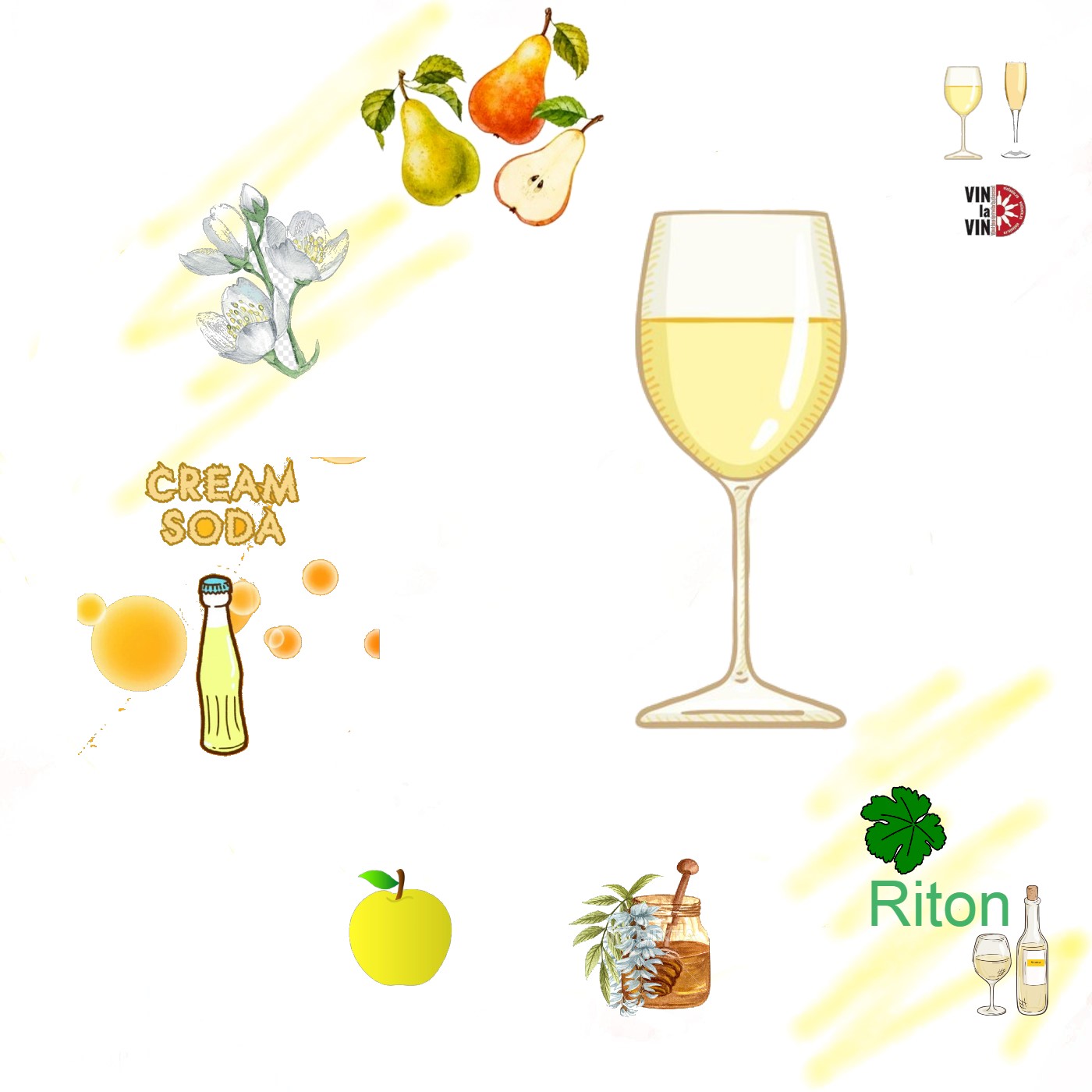Surely you have tasted, or at least seen written on wine labels “Viorica”. For many of us, this grape variety is a novelty, and for others, yet another reason to mock the former prime minister of the same name.
What does this Viorica grape variety represent?
Istoric

More than 50 years ago, the National Institute of Vine and Wine, in collaboration with the Agrarian University of the former Moldovan SSR (Republic of Moldova) and other specialized institutions in the former Soviet countries, carried out breeding to increase the resistance of varieties to abiotic and biotic environmental factors. Moreover, it was proposed that through this work the qualitative and quantitative indicators of varieties, including regeneration capacity, should be monitored. The planting of such varieties also contributes both to the diversification of products and to the shaping of a new viticultural identity.
Ten new wine grape varieties of indigenous (or rayonate) selection were chosen, including Viorica. The white grape variety Viorica was created in 1969 and in 1990 it was approved and included in the Moldovan vineyard register. After more than 20 years of research and observations on the development of the variety, Viorica was planted in the country and included in the assortment of other countries, such as Ukraine, Russia, Czech Republic, Hungary, Bulgaria, etc.
Parental forms: Viorica’s parents are an interspecific hybrid of French origin – Seibel 13-666 (maternal), and the paternal one is an Italian variety considered a red Muscat – Aleatico. Both parents are red varieties. Seibel belongs to the category of hybrids created by crossing wild American and European vine crops. The aim of these interspecific hybrids is to be resistant to temperatures, various cryptogamic diseases (diseases caused by grey rot, mange, mealybug, etc.) and insect pests such as phylloxera.
It should be noted that these interspecific hybrids do not contain concentrations of malvidin diglucoside, which exceed the legal limits set by the EU, and thus cannot present a health hazard to the consumer.
This explains why in recent years there has been an increasing interest among growers in planting such new varieties of indigenous selection. For example, according to data provided by the NPVO, in the last 6 years the area of vineyards in the Republic of Moldova planted with Viorica has expanded by another 141.9 ha. It is worth remembering that, some time ago, the Viorica variety was not so common in the vineyards of the republic. For the most part, in the 1980s, the market of the former Soviet republic preferred European varieties.
In terms of international appreciation, since the early 1990s, the wine created from the Viorica variety has attracted the attention of experts and wine lovers from several countries, such as the USA, France, Italy, etc. Subsequently, the first producers of Viorica wines have made efforts to participate in various competitions (the case of the World Wine Competition in London in 2017, etc.), exhibitions, special tastings to make the new wine known.
The Viorica grape variety also has a twin brother called Alb de Ialoveni, but it is ignored by producers. I will talk about Alb de Ialoveni in a separate article dedicated to this variety.
Organoleptic characteristics of the variety Viorica
The Viorica variety is classified as an aromatic variety. Do not confuse the name of the variety with the name of a coupage from the Soviet period consisting of White Fetească, Rkațiteli, Riesling and Cabernet Sauvignon. As mentioned earlier, Viorica inherited the paternal character of Aleatico – a red, Italian, fragrant variety. Furthermore, due to the increased levels of titratable acids and sugar in good vintage years, superior sparkling wines can be created from Viorica, this is in addition to still dry and demisexual wines.
Still Wines
Viorica wine described by a straw-yellow colour with greenish reflections. Intense aromas typical of the Muscat variety: white flowers such as acacia blossom, jasmine blossom, lime blossom. Other notes: citrus, lychees, yellow apples, candied apricots and aromatic white table grapes. You can also smell hints of thyme, basil and other dried herbs. Note that the sweeter notes depend on the southern exposure slopes and climatic conditions, these factors contributing to the sugar accumulation in the grapes (180 -220 g/dm3, with an average of 190 – 210g/dm3).
Another important aspect, in addition to the environmental one, concerns the number of eyes on the stumps. Overloading the stumps with eyes and other productivity elements reduces the quality of production and sugar levels in the berries.
In the same vein, Viorica has a high content of titratable acids: between 7.5 – 10.5g/dm3 with an average of 8.5 – 9.5g/dm3.
Thus, depending on climatic conditions, Viorica may have a lower level of sugar but higher levels of titratable acids, giving the wine a fresh taste. In warmer areas, on slopes with southern or south-western exposures the sugar level will increase and the titratable acids will be slightly decreasing.
As for another organic acid – malic acid – it is often present in smaller quantities. In this case, the wine of the Viorica variety has a soft and pleasant taste. The alcohol level varies between 12.5% and 13%. A fresh, full, fragrant structure. Viorica shows harmonious behaviour in blends created with both noble and other new native varieties.
Sparkling wines – from the Viorica variety, successful sparkling wines of high quality can be made. Research carried out by the Sparkling Wines and Microbiology Laboratory has shown that, unlike other new selection white varieties, Viorica, Riton, Floricica and Bianca have potential for sparkling wine production. Moreover, comparative results of research on foaming parameters indicate that the maximum foaming height in mm reached values of 54 mm for Bianca, 50 mm for Viorica and 48 mm for Floricica. Foam stabilisation times, Bianca and Viorica varieties reached times of 175 s (seconds) and 170 s for Viorica. Even though Viorica is an aromatic variety that can accumulate enough sugar in the berries, however, so far no further research has been done to find out whether liqueur wines can be created from this variety.
Unfortunately, I found only one older work with information about “dessert wine” of the Viorica variety, but without presenting the results of any research. Research points to another aspect of the Viorica variety. Mustugal is prone to oxidation and requires strict adherence to all conditions in the winemaking process.
Agrobiological particularities

Agrobiology refers to the influence of biological factors on vine plant development. Ripening period of the Viorica variety – semi-early. In the central part of the country, the period to full ripeness of the grapes varies between 140 – 145 days, and in the south the variation is 135-140 days.
Cultivation of this variety is extremely expensive. The development of the plant and the grapes requires measures to ensure that it grows properly.
On sandy soils, Viorica can be planted on its own roots because it can resist pests. Moreover, these soils are suitable for high quality grapes. Growers avoid planting Viorica cuttings on cold sectors, at altitudes above 300 m or in depressions at the foot of slopes – places with high humidity.
Expert recommendations point to land on warm slopes with southern, south-eastern or south-western exposures. Before planting Viorica cuttings, soils must be well prepared, free of weeds that could absorb the mineral elements needed for plant development. For fertile soil, necessary for growing cuttings, it is recommended to grow cereals (rye, wheat) for a period of 2 years before establishing a Viorica plot.
The right soils and location of Viorica leads to a productive result. For example, there are still productive 30-year-old vineyards in Moldova.
Both grapes and Viorica berries are of medium size. Dense skin, juicy flesh with Muscat aroma. Incidentally, the grapes are much more fragrant than the wine, which many of you have tasted from various producers. Why? The market demands less perfumed white wines.
What do we remember about this Viorica grape variety?
What do we remember about this Viorica grape variety?
- Viorica grape variety was bred to withstand unstable weather conditions in the Republic of Moldova and cryptogamic diseases (mange, mealybug, etc). Viorica has medium frost resistance and can regenerate;
- Depending on the climatic conditions of a year, Viorica can accumulate sugar or, conversely, it shows a pronounced acidity;
- Viorica wine is fresh, fragrant and full.
- Serving temperature: 8-10° C;
- Pairing: fresh cheeses, chicken, fish;
- The Viorica variety can be used to create successful sparkling wines;
- Viorica wine producers in Moldova: Chateau Purcari, Chateau Vartely, Timbrus, Gogu Winery, Atu Winery, Kazayak, Sălcuța, Castel Mimi, Cricova, Bessarabie Vins.
- If you want to learn more technical, sometimes complicated facts about Viorica white grape variety, I recommend you to consult the bibliographic list below.
Selected bibliography:
- P. Gavrilov, G.M. Karagi, Determinarea soiurilor de viță de vie. 1989;
- Savin Gheorghe, Cornea Vladimir, Lucrări Științifice, volumul 42 (2), Facultatea de Horticultură, Chișinău. 2015;
- Articol parte din volumul „Vinul din Mileniul III”, s.a.
- P. Mocreac, Novye sorta vinograda v Respublike Moldova, Chișinău. 2005;
- Revista, Viticultura și Vinificația în Moldova, Nr. 6/ 2006;
- Viticultura și Vinificația în Moldova Nr.2, [32]. 2011;
- Viticultura și Vinificația în Moldova Nr.6, [42]. 2012;
- Viticultura și Vinificația în Moldova Nr.6, [54]. 2014;
- Viticultura și Vinificația în Moldova Nr.4, [70].2017;
- Viticultura și Vinificația în Moldova Nr.5, [77]. 2018;
- Viticultura și Vinificația în Moldova Nr.6, [78]. 2018;









